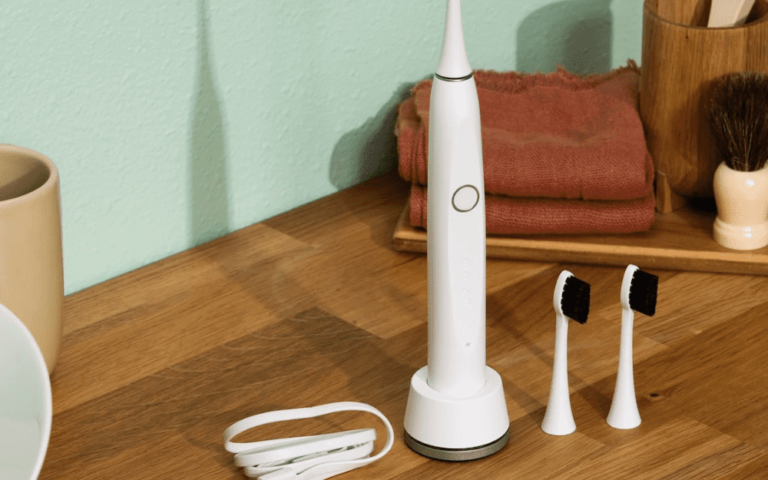In today’s dental hygiene market, electric toothbrushes have become increasingly popular due to their effectiveness in removing plaque and maintaining oral health. However, like many consumer products, the popularity of electric toothbrushes can vary significantly from one region to another. Let’s delve into the factors that contribute to these regional variations and explore why certain areas might favor electric toothbrushes over traditional manual ones.
1. Cultural Preferences and Habits
Cultural differences play a significant role in shaping consumer preferences, including oral care habits. In some regions, there may be a longstanding tradition of using manual toothbrushes, passed down through generations. These cultural preferences can influence individuals to stick with what they know, even as electric toothbrushes gain popularity elsewhere.
2. Socioeconomic Factors
Economic factors also contribute to the popularity of electric toothbrushes in different regions. Affordability plays a crucial role, as electric toothbrushes tend to be more expensive upfront compared to manual ones. In regions with higher disposable incomes and greater access to dental care, people may be more willing to invest in the latest oral hygiene technology. Conversely, in areas with lower incomes or limited access to dental services, manual toothbrushes may remain the more accessible option.
3. Marketing and Awareness
The effectiveness of marketing campaigns and awareness initiatives can vary by region, influencing consumer perceptions of electric toothbrushes. In some areas, dental professionals and public health campaigns may actively promote the benefits of electric toothbrushes, leading to higher adoption rates. Conversely, in regions where such campaigns are less prevalent, consumers may be less aware of the advantages offered by electric toothbrushes.
4. Availability and Distribution Channels
The availability of electric toothbrushes and distribution channels also impact their popularity in different regions. In urban centers with well-established retail networks, consumers may have easy access to a wide range of electric toothbrush brands and models. However, in rural or remote areas with limited retail infrastructure, the availability of electric toothbrushes may be more restricted, leading to lower adoption rates.
5. Technological Infrastructure
Lastly, the technological infrastructure of a region can influence the popularity of electric toothbrushes. In areas where technology is embraced and integrated into daily life, consumers may be more inclined to adopt innovative oral care products like electric toothbrushes. Conversely, in regions where technological advancements are less prevalent or accessible, manual toothbrushes may remain the norm.
Conclusion
While electric toothbrushes offer numerous benefits in terms of oral hygiene, their popularity can vary significantly from one region to another. Cultural preferences, socioeconomic factors, marketing efforts, availability, and technological infrastructure all play a role in shaping consumer behavior and adoption rates. As the dental hygiene market continues to evolve, understanding these regional variations is essential for manufacturers, retailers, and public health organizations seeking to promote oral health worldwide. Whether you prefer the simplicity of a manual toothbrush or the advanced cleaning power of an electric one, the most crucial aspect of oral care remains consistent: maintaining a regular brushing routine and visiting your dentist regularly for check-ups.
















